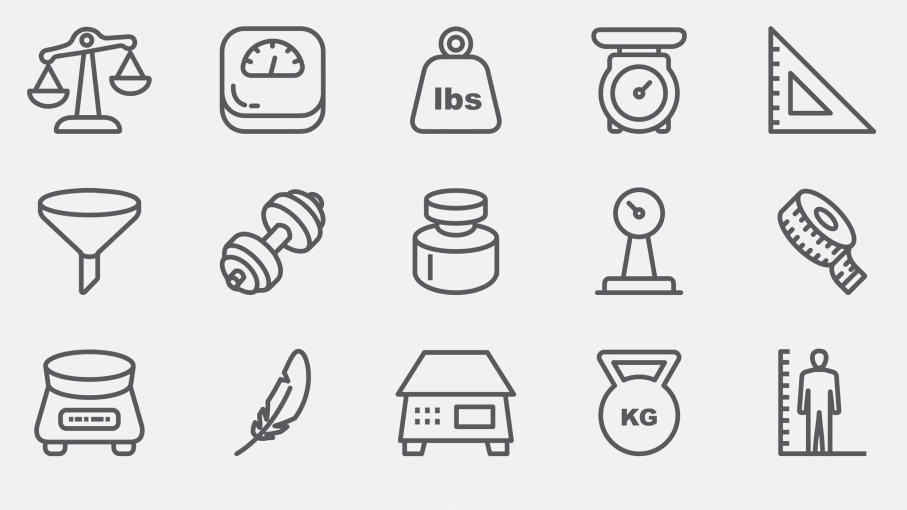
It happens every year, usually around February. New year’s fitness goals start melting faster than April snow. Huge ambitions turn into afterthoughts weeks into the new year. Am I wrong to assume this is a common problem for everyone? If not, then why does this happen?
I blame the human spirit. It has a knack for making us believe changes will happen once the calendar turns a year older. These high expectations are good in and of themselves. However, reality tells a different story. Motivation is an up and down roller coaster. Because of that, habits don’t have a chance to form, and we’re left where we started. How do we fix this?
It’s not simple. Anyone/thing that tells you otherwise doesn’t understand human nature.
However, at Konga Fitness, we rely on a more evidence-based approach to things. To curb the pattern of breaking new year’s resolution, here are 4 scientifically proven tips we’ve curated. They’re not meant to make things easy and they require a lot of hard work and discomfort. But with the correct implementation, your chances of succeeding significantly improve. So without further ado, here’s the science:

1) Make Sure New Year’s Fitness Goals Are Few and Exceedingly Important
Doing less is the most effective piece of advice we can give. The fewer goals you create, the more you can focus on the ones you still have. Studies prove time and time again that we’re terrible at multitasking. The moment you can manage less goals, you can begin focusing your attention more effectively.
Work only on goals that are exceedingly important to you. This tip alone can help ignite your ability to work deeply on a goal that has:
- The most meaning to you, and…
- The most value to others.
We recommend writing a list of fitness goals you have and picking one that fulfills these two things.
You’ll be surprised that it’s exponentially easier to complete only one goal versus two at a time.
2) Measure What You Have 100% Control Over
Achieving real fitness goals requires an understanding of how to measure success. Seems easy right? For some reason though, most people only measure things they can’t completely control. A classic example is “body weight”. Although it’s important to measure, there’s a few problems with it in isolation. The body doesn’t lose weight in a linear pattern and you’ll hit plateaus. Without accounting for this, you’ll feel discouraged when the scale dial doesn’t seem to want to move anymore. Another problem is that body weight by itself isn’t appropriate as a measure of success. For example, what happens if you lose fat but put on some good, lean muscle mass? Again, you don’t get a full picture of what’s going on.
We recommend you measure “controllable variables”. These are the variables you have complete control over such as time spent doing cardio/weights, type of workout, categories/amount of calories consumed, etc. The best thing about these variables is that you can modify them any time. In doing so, you can observe if they change what we call “outcome variables” over time such as body weight, body fat percentage, strength, and standing vertical height. When measured properly, controllable variables can help us achieve better outcome variables.

3) Keep a Visual Scorecard to Track Fitness Goal Progress
With regard to the previous tip, you’ll need to keep a scorecard of all the controllable variables you measure. Using a visual marker such as a tally chart, a spreadsheet, or a diary is important so you can quickly enter a score.
Using a food diary? Then track what food trends led you to the weeks/months where you lost a significant amount of weight.
Want to measure your cardio? Track how many times you hit 85% of your max heart rate in each session on a spreadsheet.
The point is to have something tangible you can observe on a daily basis. It’s important to make your scorecard something simple and easily accessible. Keep it in front of your work desk or on your fridge for example. Get into the habit of looking at it every single day. It’ll help make our last critical tip in achieving your new year’s resolution possible.

4) Schedule a Periodic Reflection Day to Evaluate Success
The previous 3 tips are great, but to increase their efficacy you must also reflect on your progress.
Organize a time on a regular basis (whether it’s every week, month, etc.) to reflect on your success in completing controllable variables. Then determine at what points you achieved an outcome variable goal.
Find out how much of the controllable variable it took to achieve the outcome variable (e.g. it took hitting a 85% of max heart rate 5 times per cardio session, 3 times per week to lose 10lbs in a month). Of course, most fitness goals may require you to track multiple controllable variables.
On the flip side, you’ll be able to spot what didn’t work as well. Find trends that work best for you and stick to them. Any method that doesn’t produce results for you can be discarded. You can celebrate any of the good weeks when everything worked while you can determine what didn’t work on the bad weeks.
Conclusion
New year’s resolutions are typically ambitious, but not backed with simple reality.
To achieve your resolutions, minimize the number of goals, focus on the exceedingly important one(s), track your progress on controllable variables, and reflect on what did/didn’t work.
This by no means will make it easier to achieve your resolutions. It’ll be hard and even uncomfortable at times. What it will do is increase your chances of succeeding.
So we encourage you to try them out. If you succeed with them, share them with others and tell us your story!
With all that said, have an awesome New Years and may you achieve your wildest fitness goals!
And just incase you didn’t know what we’re all about, watch this video to get a better idea!

